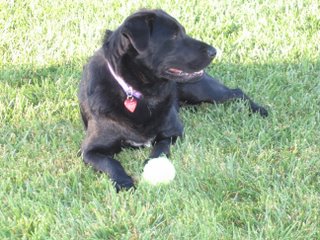Ol' Henry
Since the price of gas is the major topic of conversations these days and following up to yesterday's post, let's investigate further.
Our dependence on oil products can be traced back to one man that had the most impact on our lust for oil.
That one man, 100 years ago (1908-2008) changed the way people lived and live now.
Who was that man you ask, it was Henry.
If a mere $825.00 was within your budget the world would open up for you.
 (The Ford Model T colloquially known as the Tin Lizzie and also the Flivver)
(The Ford Model T colloquially known as the Tin Lizzie and also the Flivver)
That's right, Ol' Henry started our dependence with an economy model that got 25 miles to the gallon.
The first production Model T Ford was assembled at the Piquette Avenue Plant in Detroit on October 1, 1908.
Over the next 19 years, Ford would build 15,000,000 automobiles with the Model "T" engine, the longest run of any single model apart from the Volkswagen Beetle.
The nice thing about Henry is he offered you a car in any color you wanted as long as it was black.
Henry Ford said of the vehicle:
I will build a car for the great multitude. It will be large enough for the family, but small enough for the individual to run and care for. It will be constructed of the best materials, by the best men to be hired, after the simplest designs that modern engineering can devise. But it will be low in price that no man making a good salary will be unable to own one-and enjoy with his family the blessing of hours of pleasure in God's great open spaces.
The Model T was the first automobile mass produced on assembly lines with completely interchangeable parts, marketed to the middle class.
The standard four-seat open tourer of 1909 cost US$850 when competing cars often cost $2000-$3000; in 1913, the price dropped to $550, and $440 in 1915. Sales were 69,762 in 1911, 170,211 in 1912, 202,667 in 1913, 308,162 in 1914, and 501,462 in 1915. In 1914, an assembly line worker could buy a Model T with four months' pay.
By the 1920s, the price had fallen to $300 because of increasing efficiencies of assembly line technique and volume. Henry employed vertical integration of the industries needed to create his cars.
He specified how to make the wood crates that outside suppliers used to ship him parts. Then he disassembled the crates and used the preformed wood pieces in the bodies of his cars. He also used wood scraps to make charcoal and sold it under the brand name "Kingsford," still a leading brand of charcoal.
By making and selling charcoal he increased the need for the average person to have a car so they could load up the kids and go to grandma's house and barbecue.
And that my friends is how it all happened.




0 Comments:
Post a Comment
<< Home